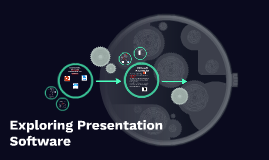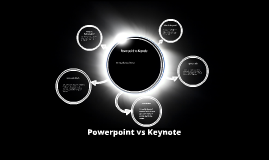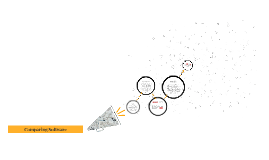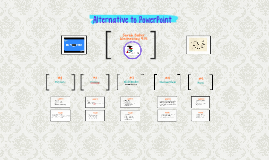Measuring Productivity
Transcript: Definition of Productivity Productivity refers to the efficiency of converting inputs into useful outputs within an organization, indicating how well resources are utilized to achieve objectives. Automation and Technology Integration Understanding Productivity Measurement Productivity measurement is the quantification of outputs relative to inputs, reflecting efficiency and performance in a work setting. Automation of repetitive tasks and integrating advanced technologies like AI and robotics can significantly boost productivity levels in various industries. Employee Training and Development Importance of Measuring Productivity Key Metrics in Productivity Strategies for Improving Productivity Investing in continuous training programs and skill development initiatives can empower employees to perform better, contributing to overall productivity enhancements within the organization. Measuring productivity is crucial for assessing performance, identifying inefficiencies, and implementing strategies for improvement to enhance overall organizational effectiveness. Key metrics in productivity measurement include output per labor hour, revenue per employee, and cost per unit produced, providing valuable insights into operational efficiency and performance. Implementing effective strategies is essential for enhancing productivity in organizations. The right measures can streamline operations and drive efficiency gains. Process Optimization Optimizing workflows, eliminating bottlenecks, and standardizing procedures can lead to improved efficiency and output, driving overall productivity growth in the long run. Subjectivity in Measurements Measuring Productivity Subjectivity in productivity measurements can lead to discrepancies in evaluating the efficiency and effectiveness of processes. Data Collection Issues A comprehensive overview of productivity measurement Issues in data collection such as incomplete data sets or inaccuracies can skew productivity measurement results. Total Factor Productivity Multifactor Productivity Total Factor Productivity measures the efficiency of all inputs in the production process and is a key indicator of overall economic performance and innovation. It reflects how well resources are transformed into outputs by taking into account all factors of production. Multifactor Productivity considers multiple input factors, such as labor, capital, and materials, to evaluate the overall efficiency of the production process. By assessing the combined influence of various inputs, organizations can identify opportunities for optimization and growth. Comparing Across Industries Challenges in Productivity Measurement Measuring productivity can be challenging due to subjective interpretations, data collection complexities, and industry-specific benchmarks. Comparing productivity levels across different industries requires consideration of unique operational factors and metrics. Labor Productivity Labor productivity is calculated by dividing the total output by the total number of hours worked, providing valuable insights into the efficiency of labor utilization within an organization. Methods of Measuring Productivity Labor productivity, total factor productivity, and multifactor productivity are essential methods used to measure productivity effectively in various industries. Performance Metrics Analysis Kaizen Philosophy Integration Through analyzing key performance metrics, Company A identified and optimized processes to maximize efficiency and productivity levels. Company A embraced the kaizen philosophy, fostering a culture of continuous improvement to drive productivity gains across all departments. Time Tracking Software Lean Methodologies Implementation Time tracking software enables monitoring of employee work hours, task completion time, and project timelines. It assists in identifying bottlenecks and optimizing workflow for enhanced productivity and efficiency. Company A adopted Lean methodologies, eliminating waste and streamlining processes to enhance productivity significantly. Performance Dashboards Efficiency Through Lean Manufacturing Performance dashboards provide real-time analytics and visual representations of key performance indicators (KPIs). They offer a comprehensive view of productivity metrics, allowing for quick decision-making and performance evaluation. Lean manufacturing principles have revolutionized Company A's operations, leading to drastic improvements in efficiency and productivity. Financial Reports Tools for Productivity Measurement Efficient tools play a crucial role in measuring and improving productivity. From time tracking software to financial reports, these tools provide valuable insights for organizational efficiency. Financial reports track budget allocations, expenditures, and revenue streams, offering crucial insights into the financial aspect of productivity. They aid in identifying cost-saving opportunities and assessing the overall financial health

















